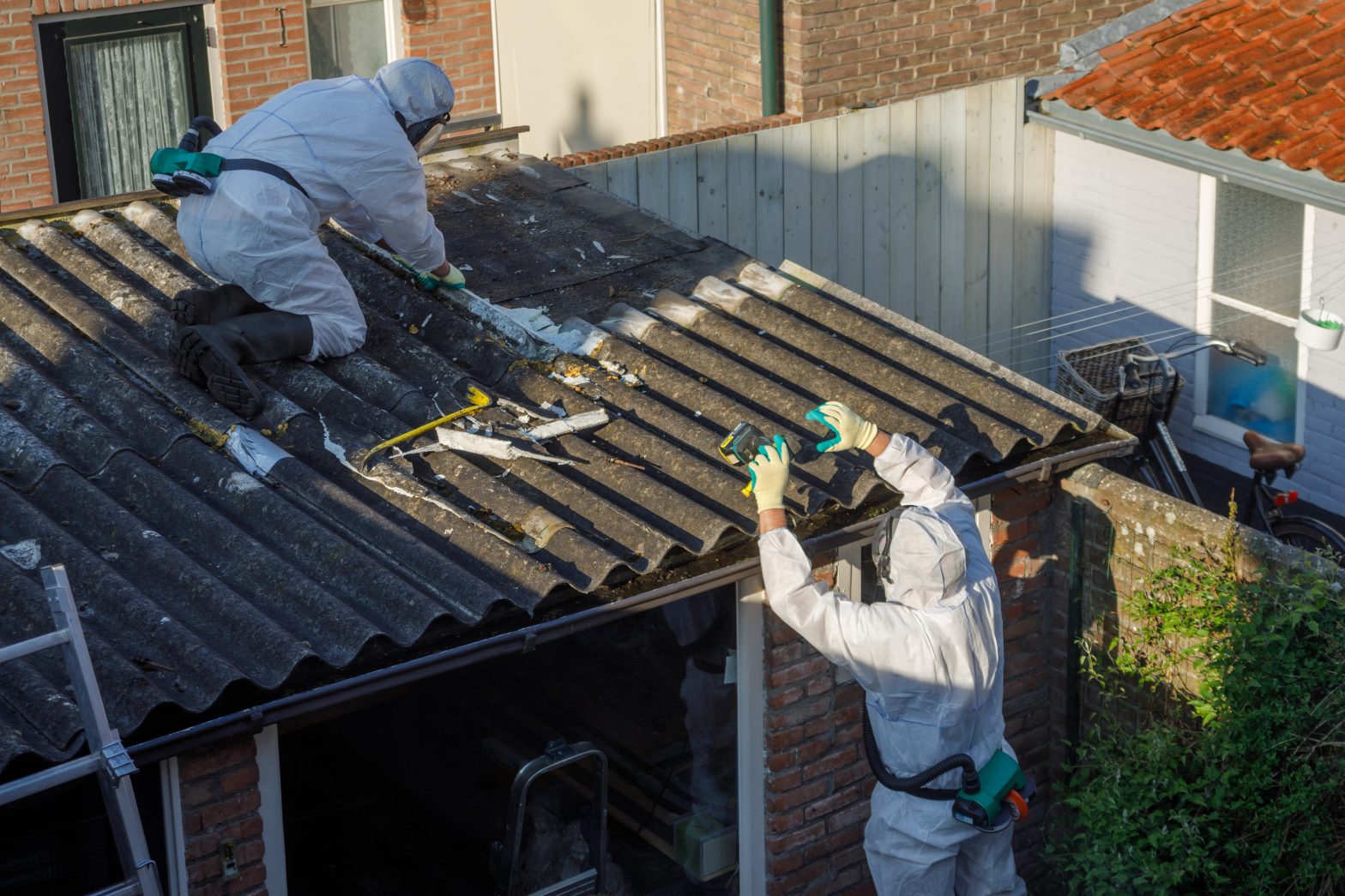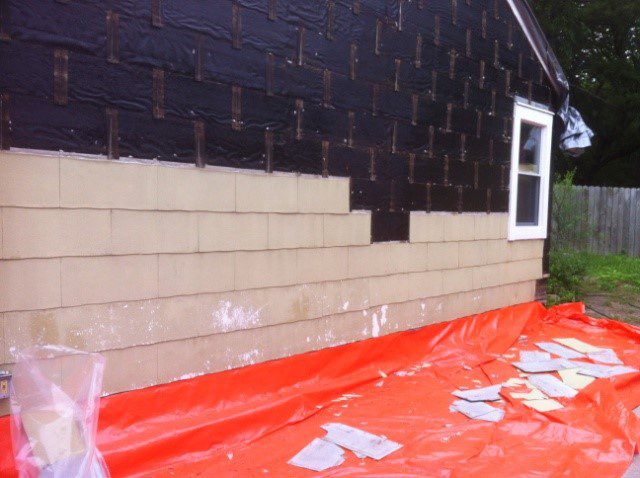
Older homes throughout Toronto and Durham may still contain asbestos materials. While banned in many products, asbestos was widely used in construction before the 1990s. Many homeowners are unaware of where it might still be found. Understanding potential sources can help reduce unnecessary exposure and support safe remediation planning.
Asbestos testing plays a key role in identifying these hidden materials safely and accurately.
1. Popcorn Ceilings and Textured Paints
Many homes built or renovated before the 1980s feature textured ceilings. Known as popcorn ceilings, these finishes often contained asbestos to improve durability and fire resistance. Similarly, textured wall paints used during this period may have included asbestos fibres.
Disturbing these surfaces during renovation without proper precautions can release airborne fibres.
2. Old Vinyl Floor Tiles and Adhesives
Vinyl tiles, especially 9-inch formats common in older homes, may contain asbestos. It is often found in the tile itself and in the black adhesive used to secure it. Flooring in basements, kitchens, and utility rooms should be cautiously treated during removal or sanding.
Safe material sampling can help determine the presence of asbestos before starting any flooring project.
3. Pipe Insulation and Boiler Systems
Wrap-around insulation on old plumbing or heating systems is another frequent source of asbestos. This material may appear as a white, grey, or fibrous wrap on hot water pipes or around older boiler units. Disturbing these materials, even accidentally, can release fibres into the air.
Asbestos testing services are often recommended in homes with aging heating systems before upgrades or repairs are made.
4. Attic and Wall Insulation
Loose-fill insulation made with vermiculite was sometimes contaminated with asbestos. This type of insulation often looks like small grey or brown pellets and may be found in attics or behind walls in homes constructed between the 1930s and 1990s.
Avoid disturbing insulation material before having it assessed by trained professionals.
5. Roof Shingles and Siding Materials
Asbestos was frequently added to exterior shingles and siding for strength and resistance to heat. Homes with older cement siding or shingle-style roofs may still contain asbestos. Cracks or breakage during replacement work could release particles.
Special care must be taken when working on exterior renovations in aging homes.
How to Identify and Address the Risk
Air Doctors does not conduct testing directly but offers certified sampling services. The collected samples are submitted to licensed laboratories for analysis. This ensures safe identification of asbestos while minimizing the risk of exposure.
Professional asbestos testing companies follow safe sampling procedures and comply with Ontario regulations. Contact us to learn more.
Also read:




